Four years after the discovery of phosphine in the clouds around Venus prompted excitement – and also scepticism – there is now new confirmation of the chemical that might signal the presence of life on the planet. These preliminary findings suggest that there might be life – or at the very least new chemistry – in the extreme environment of Venus, a planet shrouded by clouds of sulfuric acid and with a surface hot enough to melt lead.
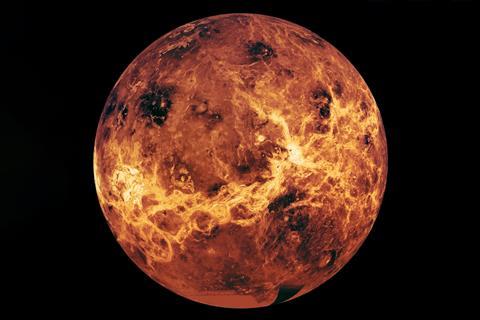
A team led by Dave Clements, a reader in astrophysics at Imperial College London, announced initial findings at a special session of the National Astronomy Meeting in the UK in July. They are yet to be peer reviewed and are based on a tremendous amount of new data since the initial discovery of phosphine in 2020. The researchers have not only found phosphine (PH3) in Venus’s atmosphere once more, but also ammonia (NH3) at parts per billion deeper down in the clouds.
‘It means that there is some way in which hydrogen compounds are being produced in the atmosphere of Venus where they shouldn’t be expected,’ Clements tells Chemistry World. ‘We can’t say at this point whether it means life or not.’ But his best guess is there is a 10–20% chance that it’s life and an 80–90% chance that it’s chemistry that scientists don’t yet understand.
Whatever process is responsible for producing these chemicals it must be continuously synthesising them. ‘Phosphine does not survive in the atmosphere for very long, so there has to be something actively producing it,’ Clements notes. ‘The same is almost certainly true for ammonia.’
Clements was part of the team that published the original phosphine findings in September 2020, led by Jane Greaves at Cardiff University in the UK. ‘We found phosphine on the order of parts per billion in the upper atmosphere and the Pioneer Venus probe that Nasa launched in 1978 found it at the parts per million level in the clouds themselves,’ Clements recalls.
Phosphine again
Now, as part of the East Asian Observatory’s James Clerk Maxwell-Venus programme, he is helping lead a team to monitor the atmosphere of Venus for phosphine and other chemicals, in collaboration with more than 30 astronomers across the world. The observations they are taking can simultaneously observe transitions in not only phosphine, but semiheavy water (HDO), where one hydrogen is replaced by deuterium, and sulfur dioxide.
Clements and colleagues have been scrutinising data collected in three campaigns – February 2022, July 2023 and September 2023. During the February 2022 run alone, he says they acquired 140 times as much data as was generated from the original observations.
In that first run, which is what they have concentrated on so far, the team got some ‘very nice’ detections of HDO as an absorption line and of phosphine, Clements says. ‘We’ve got phosphine back again, so it’s still there,’ he states. Researchers have used weak transitions of HDO to monitor water vapour on Venus.
Phosphine is common in the atmosphere of gas giants like Jupiter and Saturn that are abundant in hydrogen. In such places, phosphine is produced very deep in the planet at extremely high pressures and temperatures. Then, that phosphine gets dragged upward by convection currents to where it can be observed.
But the atmospheres of terrestrial planets like Earth and Venus are chemically very different because they are an oxidising environment and degrade compounds like phosphine and ammonia. Such compounds do not survive long in such atmospheres, so for them to be found there requires some sort of production process.
The only sources of phosphine on Earth are industry or biology where anaerobic bacteria synthesise it in places like the guts of badgers and penguin guano. ‘If you find something that’s a hydrogen compound, like methane, phosphine or ammonia in the atmosphere of a terrestrial planet then that means something odd is going on,’ Clements explains. ‘If you find phosphine in the atmosphere of such a planet it potentially is a biomarker.’ Research led by quantum astrochemist Clara Sousa Silver and published in early 2020 proposed phosphine as a biosignature in exoplanet atmospheres.
Countering criticism
There are many scientific projects underway to observe the atmospheres of rocky exoplanets in the search for extraterrestrial life. But to be able to conclude that there are signs of life in these places requires a clear grasp of the atmospheric chemistry of other planets, which appears elusive. ‘The discovery of phosphine and ammonia in the atmosphere of Venus tells us that we don’t understand the atmospheric chemistry of even the nearest planet to us,’ Clements states. ‘So, if we’re going to understand the atmospheric chemistry of planets that are many light years away, we have got to do a lot better.’
What’s really needed to search for life on Venus is not just observing the planet’s atmosphere remotely, but getting inside its clouds to understand what is going on in there, Clements says.
There are several missions to Venus planned in the coming years. The descendant of the Pioneer Venus probe, Davinci, is scheduled to launch in the late 2020s and will take many detailed measurements as it passes through the atmosphere of Venus. Davinci will be the first such mission to enter Venus’s atmosphere in more than four decades and it will observe the planet and its cloud dynamics in unprecedented resolution using infrared and ultraviolet imaging, and other state-of-the-art technology.
There are also a series of privately funded missions to Venus called the Morningstar missions, the first of which is slated to launch in around a year. The project aims to study the planet’s clouds to determine their ability to support microbial lifeforms and to search for signs of life.
Volcanic explanation
David Rothery, a planetary geoscientist at The Open University in the UK who is not involved in the Venus project, is still sceptical. ‘Life on Venus, presumably in the cooler upper regions of the atmosphere, is an extraordinary claim and demands extraordinary evidence,’ he states. ‘Clements is rightly cautious in saying that life is not the most likely explanation.’
Assuming that the new phosphine data is robust, Rothery suggests that there are more likely explanations than life. For example, he notes that some of Venus’s volcanoes are still active and could be the source of the phosphine. ‘Sulfur dioxide is an abundant volcanic gas on Earth and our knowledge of crustal and mantle volatile cycling on Venus is too poorly constrained to rule out phosphine and ammonia escaping from eruption sites as well,’ Rothery says.
Clements and colleagues are now working on the first tranche of papers from their analysis of the February 2022 observations and hope to submit them for publication by the end of the year.





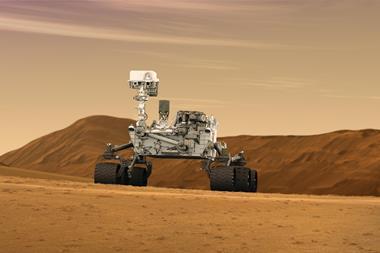

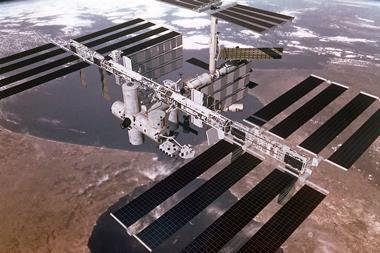
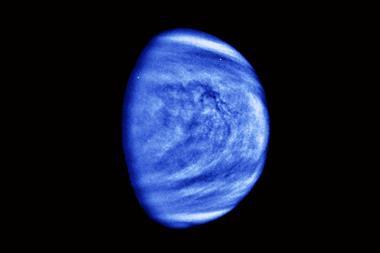
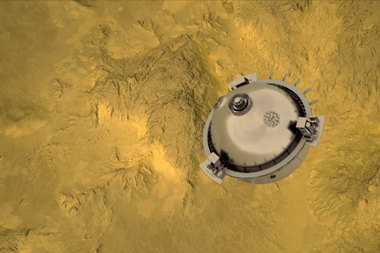
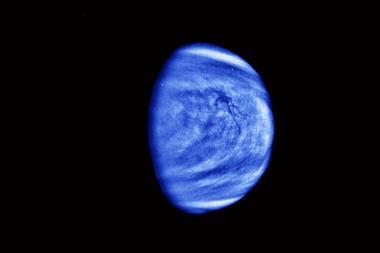






No comments yet